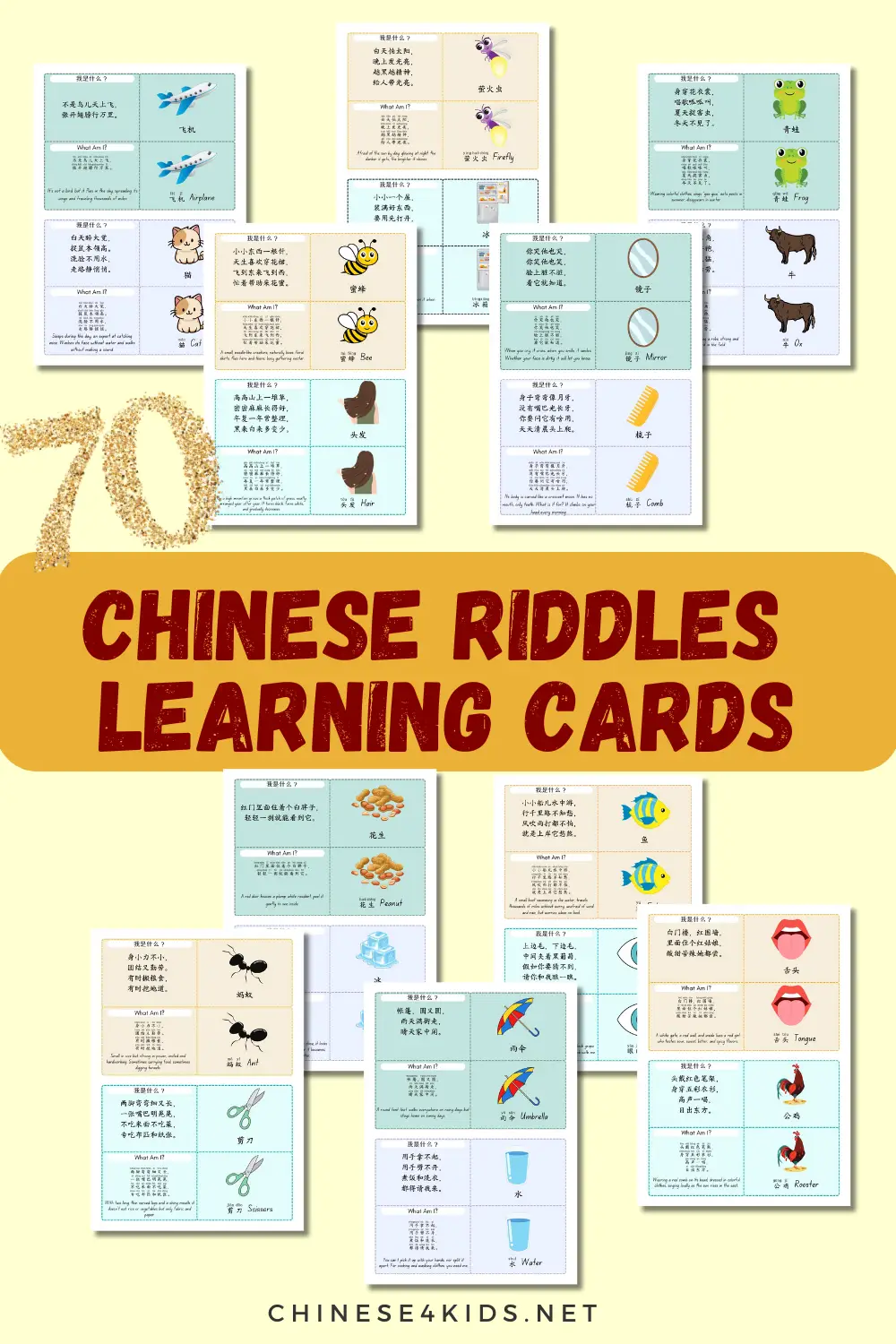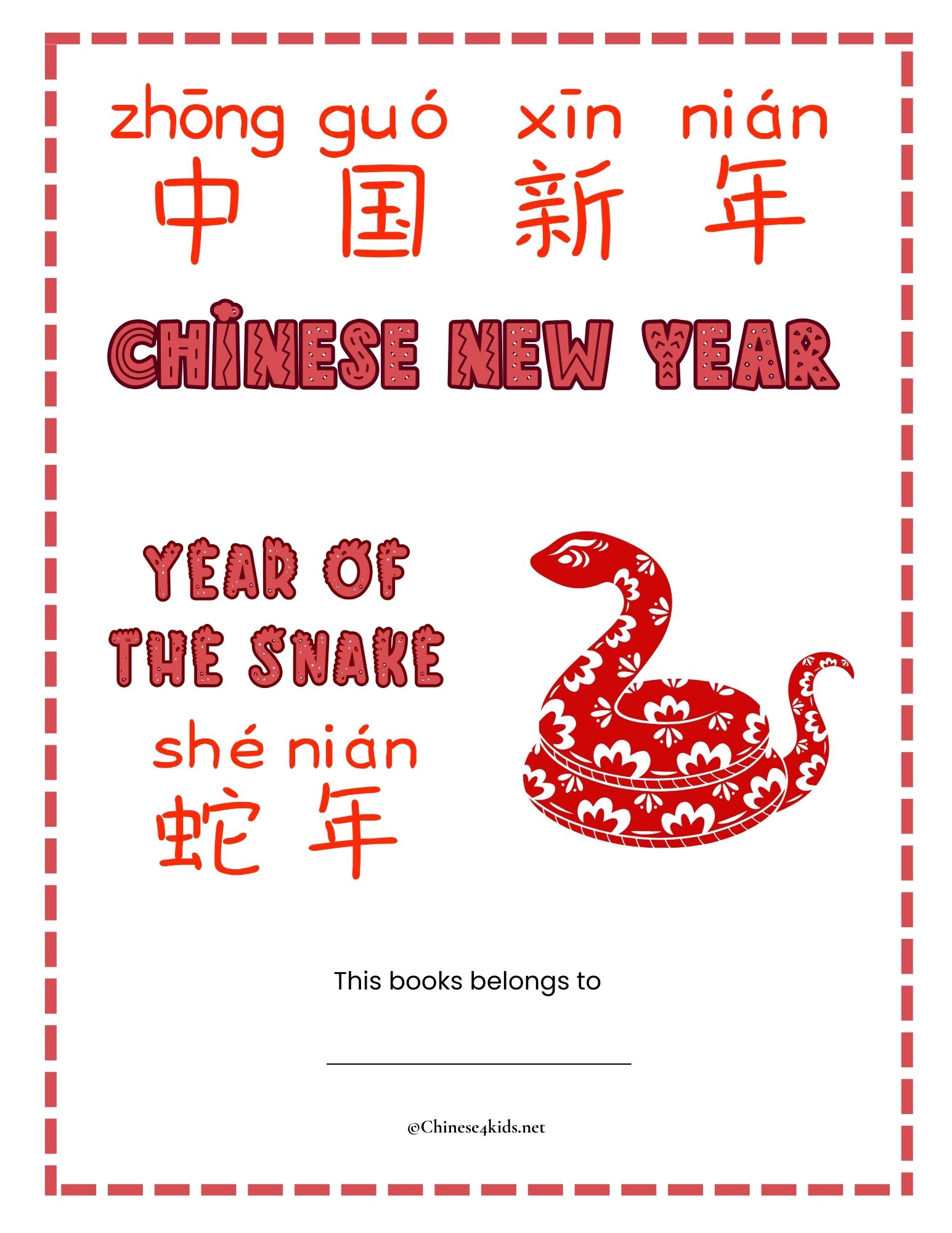
Home » Teach Chinese » Useful Techniques for Learning Chinese Vocabulary with Success
Useful Techniques for Learning Chinese Vocabulary with Success

Needless to say, Chinese vocabulary is a difficult part of Chinese learning. Many Chinese learners dread learning Chinese vocabulary because they feel it only involves memorizations. Luckily, the truth is far from the case. There are a variety of techniques or tools we can use to help absorb, not just memorise, new Chinese words. Below you will find three techniques for learning Chinese vocabulary.
TECHNIQUE 1 – CREATING ASSOCIATION
1.Creating Word Association
Associating Chinese words with words that you are familiar with or you already know is a great way to memorise them. If a new Chinese word resembles a word in your native language, creating the link between them helps better memorising the new Chinese word.
There are many ways we can establish associations between words: categories, topics, synonyms, antonyms, homonyms and so on. Even words sharing one character have some relationship. Let’s take 信 (xìn letter) for example, writing a letter, post a letter, receive a letter, read a letter and send a letter are all relevant. Keeping this in mind, it is easy to learn the words below:
写信 xiě xìn to write a letter
寄信 jì xìn to post a letter
收信 shōu xìn to receive a letter
读信 dú xìn to read a letter
发信 fā xìn to send a letter
2. Be Creative
In a large tulip field, we can spot and remember the black tulip rather than the rest of colorful ones. Why? Black tulips are rare! It is often easier to remember unusual things, isn’t it? In Chinese vocabulary learning, absurd, vivid association are helpful to retain the new words in memory.
For example, 葡萄牙 (pútáoyá)means Portugal in Chinese. 葡萄 means “grapes” and 牙 means “teeth” in Chinese. 葡萄牙 literally means Grape Teeth. Just imagine Portugese have teeth made of grapes… haha, will you forget how to say Portugal in Chinese? No, for sure.
TECHNIQUE 2 – MAKING AN INTERACTIVE LEARNING ENVIRONMENT
It is not always easy to have a Chinese learning environment by default. But we can certainly make one.
1.Integrate Chinese words into your environment
An easy way to increase the frequency of encountering Chinese words is to write the words on sticky notes and hang them around in the places you live. Label the items such as mirror, water tap in the bathroom, desk and wall in the bedroom, or computer and keyboard in the office… the list can go on and on. By attaching the sticky notes to the objects the words refer to helps strengthen the association between the word and the object.
It is also a good idea to include some blank sticky notes at handy places in your house so that you can write new words or the words you struggle to remember and hang them around the places you often spend time such as your bedroom, bathroom, kitchen and so on. You will find yourself frequently see them as you go in and out during your day.
2. Turn Chinese Vocabulary Learning into Games
The more fun you can make out of your vocabulary learning time, the more likely you are going to do it and to learn from it. Some simple yet fun games include Bingo, Memory, Mix and Match, role play (https://chinese4kids.net/role-plays-for-children-to-learn-chinese/)and much more.
3. Make a Visual Chinese Vocabulary Learning Journal
Create a vocabulary journal or notebook and write new Chinese words and their meanings along your learning. Write as often as needed in order to set the words in your memory.
Draw images to depict the meaning of the vocabulary together with their meanings. Images will enhance your understanding of the vocabulary. You can also create visual storyboard if you would like to express artistically.
TECHNIQUE 3 – PRACTICE
Chinese vocabulary learning requires persistent practice. Here are some tips that will help you get results.
1.Find a Partner to Practice With
It is not so much fun to practice alone. And it is easy to skip practice when it is done only by yourself. A good way is to find a learning buddy. With a partner, it is easy to stick with plans and hold each other accountable.
2. Practice with Flash Cards
No need to emphasize the importance of flash cards in Chinese vocabulary learning. Flash cards remain a simple but powerful tool for vocabulary practice. There are many types of flash cards, you can decide which to use depending on your purposes. You can use ready made flash cards or make them by yourselves. You can also use Quizlet to make digital ones. It does not matter what format you are going to use, just use the one you are most familiar with.
3. Expose to Chinese Language As Much As Possible
It is not always easy to have an immersion chance, try to use ways to help your kids to expose to Chinese.
If the kids go to a Chinese school, try to arrange after-school play dates so to create opportunities for them to practice the language.
Choose books at the right level and read as much as possible.
Watch Chinese movies or movies adapted in Chinese. There are so many fantastic Chinese cartoons that kids love to watch.
Learn Chinese children’s songs.
Children’s songs are easy and fun to learn.
If it is possible, take the kids and travel to China. Travel enriches the whole learning experience because the kids are not only exposed to the language but also its culture and people.
4. Self Assessment
Learning without assessment is a bit vague. Regular tests are great to have since they show how much a child has learned, what knowledge is missing and if the learning has been too easy or too difficult. It helps to have a realistic understanding of the learning status. With this understanding, we can adjust the speed, content and ways of learning.
Do you have more techniques that have helped your Chinese learning? Share with us!
If you like this article, PIN IT!

Related Articles:
How to Learn New Chinese Vocabulary – These 5 Tips Can Help
Use Chunking to Increase Chinese Vocabulary Efficiently and Effectively
A Brief Introduction to Chinese Characters
Use Role Plays to Motivate Children to Learn Chinese
You May Also Be Interested:
- Chinese4kids Membership – a portal for busy Chinese teachers and parents
- Chinese learning flashcards Hive – a flashcards library that with regular additions of new quality Chinese learning flashcards
- Chinese learning worksheets collection – Also a part of Chinese4kids membership, this collection is for teachers and parents who want to have access to engaging worksheets and activity sheets created for kids learning Mandarin Chinese as an additional language
- Speak Chinese with Kids Course
- Chinese Vocabulary Made Easy Course
Recent Posts
Join Our Membership
Enroll to A Course
Buy An eBOOK
Our Posts













